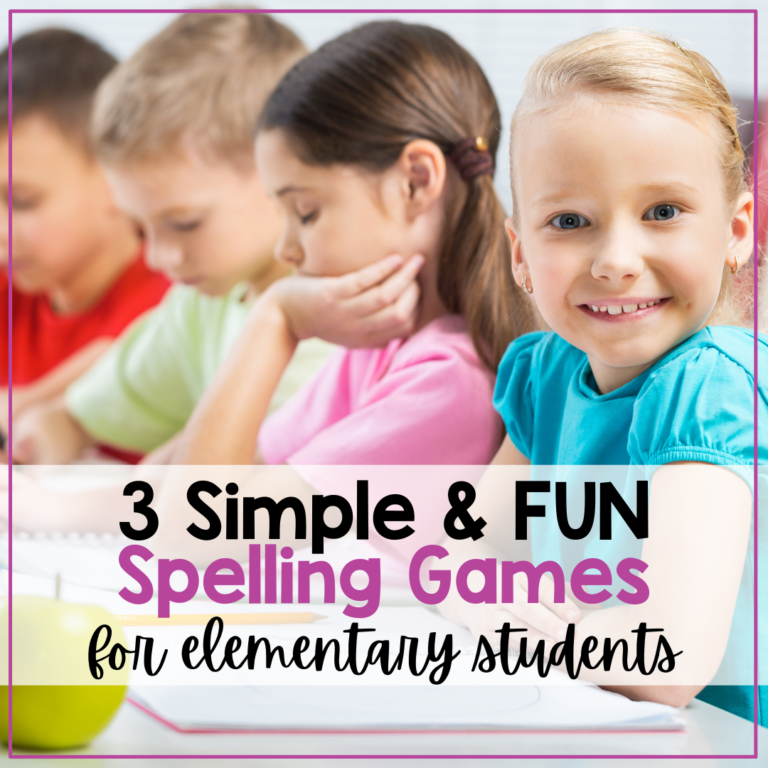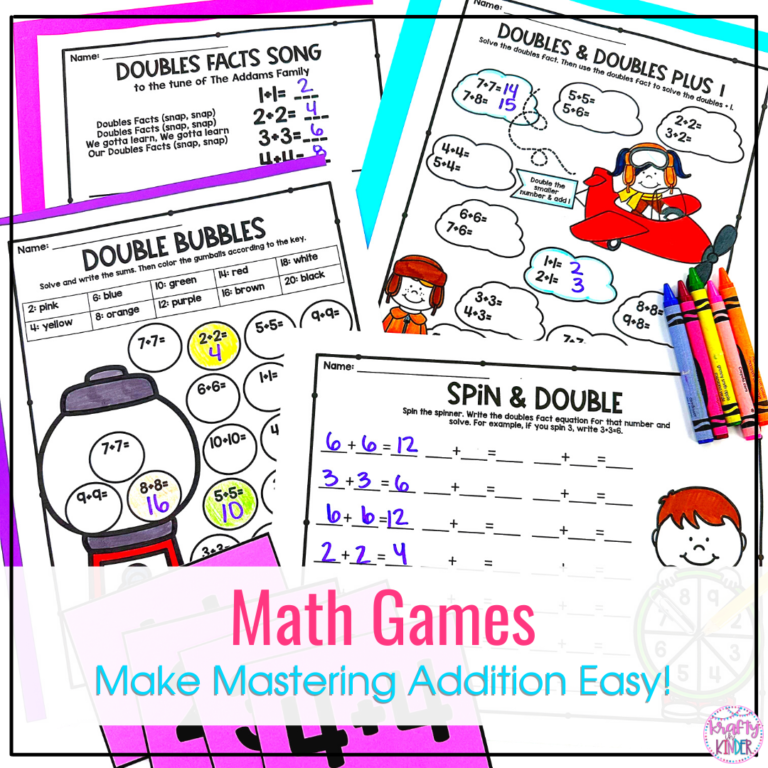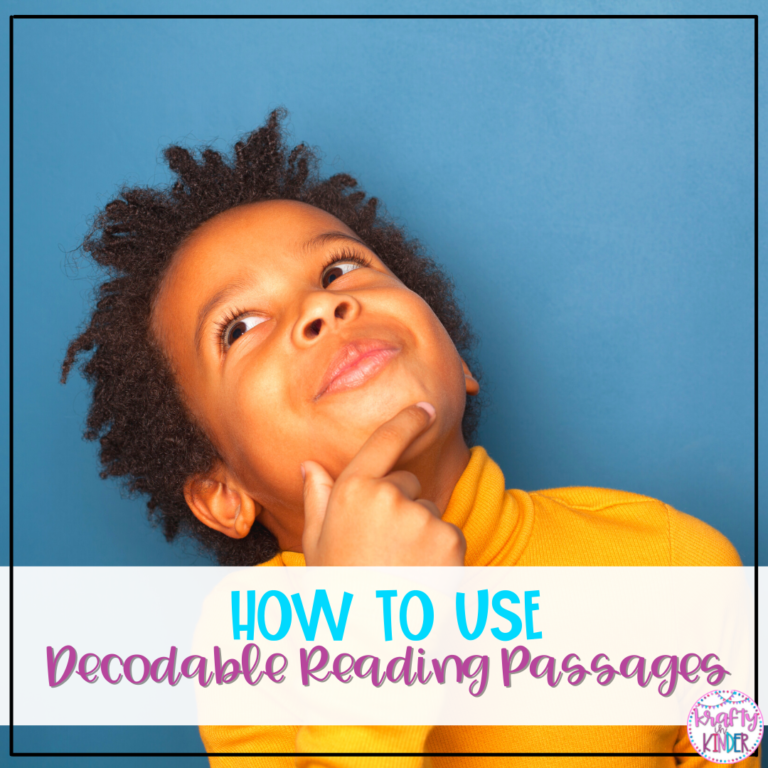Differentiated Instruction with Controlled Texts: Activities for First Grade Readers of All Levels
Teaching young students to read is one of my favorite things about being a primary teacher. There’s nothing better than watching young readers light up with excitement as they begin to decode new reading passages for the first time. The key to getting students to this stage requires a lot of work and intentionality in our teaching methods though! Over the years one of the best ways that I’ve found to meet the needs of a diverse classroom full of learners is through differentiated instruction using controlled texts. If you’re ready to level up your reading block, let’s dive into all the specifics of controlled texts.
What Are Controlled Texts?
First off, let’s chat about controlled texts. These refer to reading passages or short stories that have been strategically written to maximize the use of words taught in common phonics patterns. These texts should be easily decodable and focus on spelling rules and phonics patterns that you’re working on in your classroom.
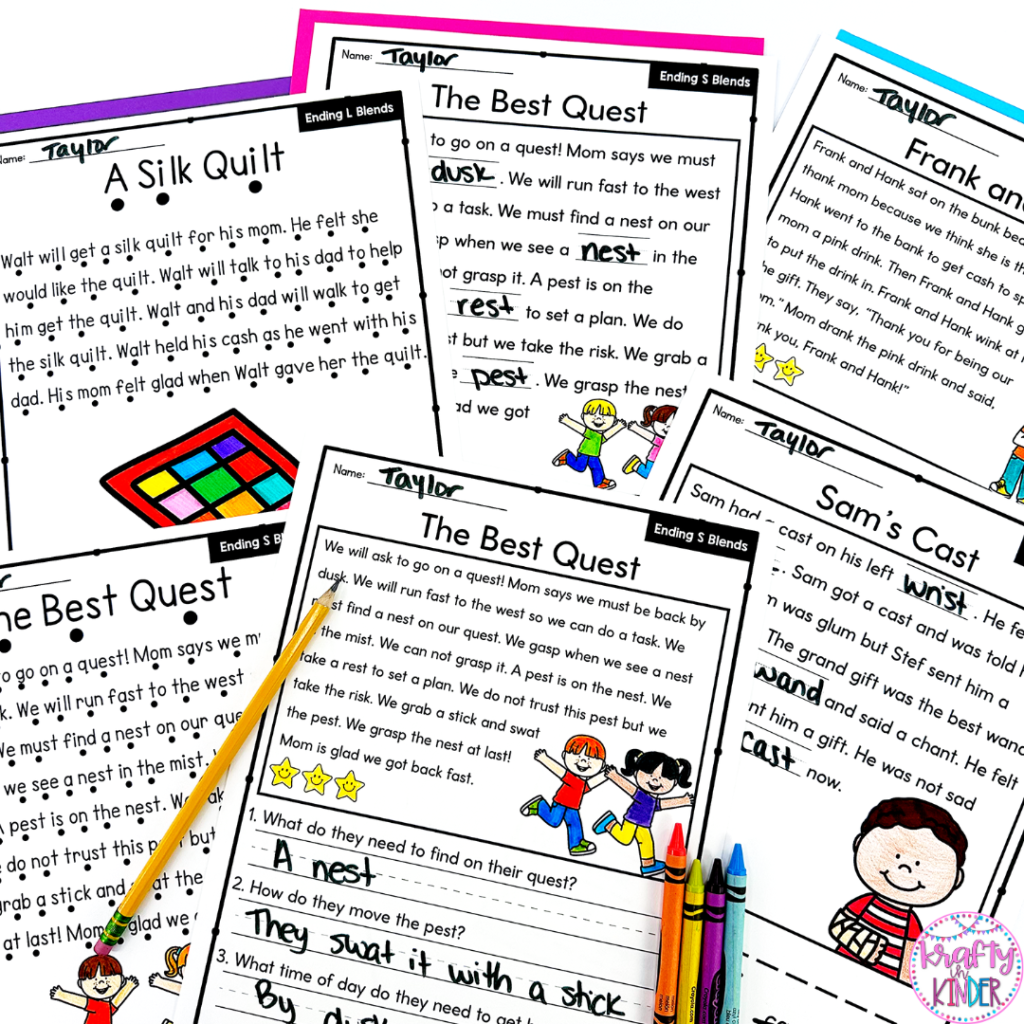
Controlled texts can touch on a variety of different topics such as blends, digraphs, CVC words, and short vowels. This means you can use them all year long as you and your students progress through your lessons in phonics.
The benefit of using controlled texts is exactly what it sounds like. They give you control over what students are exposed to in reading exercises and allow you to target specific skills. This is great for guided reading groups when you’re working hard on a specific skill with students to promote fluency.
Controlled texts also allow your students to grow in their ability to comprehend reading material too! After all, intentionally choosing controlled text reading passages that students can effectively decode will allow for less stumbling across the words and more fluent reading. Overall, using controlled text in your guided reading groups is a game-changer when it comes to boosting confidence and excitement about reading!
The Benefits of Differentiated Reading Passages
Now that we know what types of reading passages we’re talking about here, let’s dive into the magic – differentiated instruction! As a first-grade teacher, using controlled text to differentiate instruction among my reading groups has been the best tool I’ve used to promote overall reading fluency. There are so many reasons to love this method, but let’s go over a few together.
1. Every Student Gets What They Need
The BEST and most obvious reason to differentiate instruction with controlled texts is simply to support the needs of your students.

I love being able to group my kiddos by skill level and grab the decodable reading passages that perfectly align with where they’re at.
My goal is to boost their confidence through reading fluency and the best way to do so is to give them an assignment that’s just right for them!
I also love that differentiating instruction in guided reading groups means I can put the comparison game to a stop. Students tend to “compare notes” on what each group is working on.
By using differentiated instruction along with controlled texts, everyone is reading. My students can see that everyone is on the same playing field so to speak and we’re all working on the same skill.
2. Low-Prep Options
Another reason I lean into differentiated instruction with controlled texts is to keep my prep load light! Since the decodable reading passages I use are “print-and-go”, all I need to do is choose appropriate passages for each group. This comes in really handy if you’re someone who likes to batch your prep tasks.
Simply print, organize in folders, and mark for each group. This is an easy way to plan different activities for each group without having to spend hours prepping all kinds of different materials. And. . . if you really like to get ahead, this is something you can prep in the summer for the entire year. Then all you have to do is pull out the passages you need for your groups that week.
3. Focus on Both Comprehension and Fluency

If you’re a teacher in the primary grades, I’m sure you can appreciate lessons that accomplish two tasks with one action. Our time is limited, so if we can wrap up multiple skills practice in one lesson, I’m all for it!
This is definitely true when it comes to differentiated instruction with controlled text. I love knowing that students will get practice with fluency while also working on reading comprehension.
All of my decodable reading passages include a set of comprehension questions that can be used as a follow-up activity to guided reading. We read the passages as a group and then go through the answers together. This is a quick and informal way to assess student progress as well!
4. Flexibility During Instruction
One of the best things about differentiating instruction in your guided reading groups is that you’ll be able to move at the pace that’s best for each group. If you’re using different materials for each group, you’re free to speed up, slow down, or repeat lessons as necessary. This helps create a low-stress learning environment that is fully tailored to your students. I love this because it puts the focus on growth, and allows everyone to thrive at their own speed.
5. Help Students Become Decoding Wizards
The use of controlled texts is a great way to help build confidence in your readers, but it’s also key for teaching children how to decode words in text naturally. Part of becoming a strong and fluent reader is dependent on the ability to decode words quickly. Teaching children to decode words independently starts by introducing phonics patterns that are familiar and predictable. This is simple and easy to do when you’re able to differentiate by skill level. Every group will be working at a level that’s perfect for them.
Differentiated Instruction with Controlled Texts in Action
Alright, let’s dive into what this actually looks like in practice! In my classroom, I like to use controlled texts specifically in our guided reading groups. I’ve found this works really well for my students since I’m able to closely watch, listen, model, and correct as needed. In addition, I really look forward to the time and opportunity to connect with my students on a more 1:1 level during this time. Let’s take a look at what my method is for each skill.
Day One: Reading the Controlled Texts
First, we read through the passage in groups. This can be done in a number of ways. For struggling readers, you might read the whole passage first aloud. Then, call on students to read a sentence at a time.
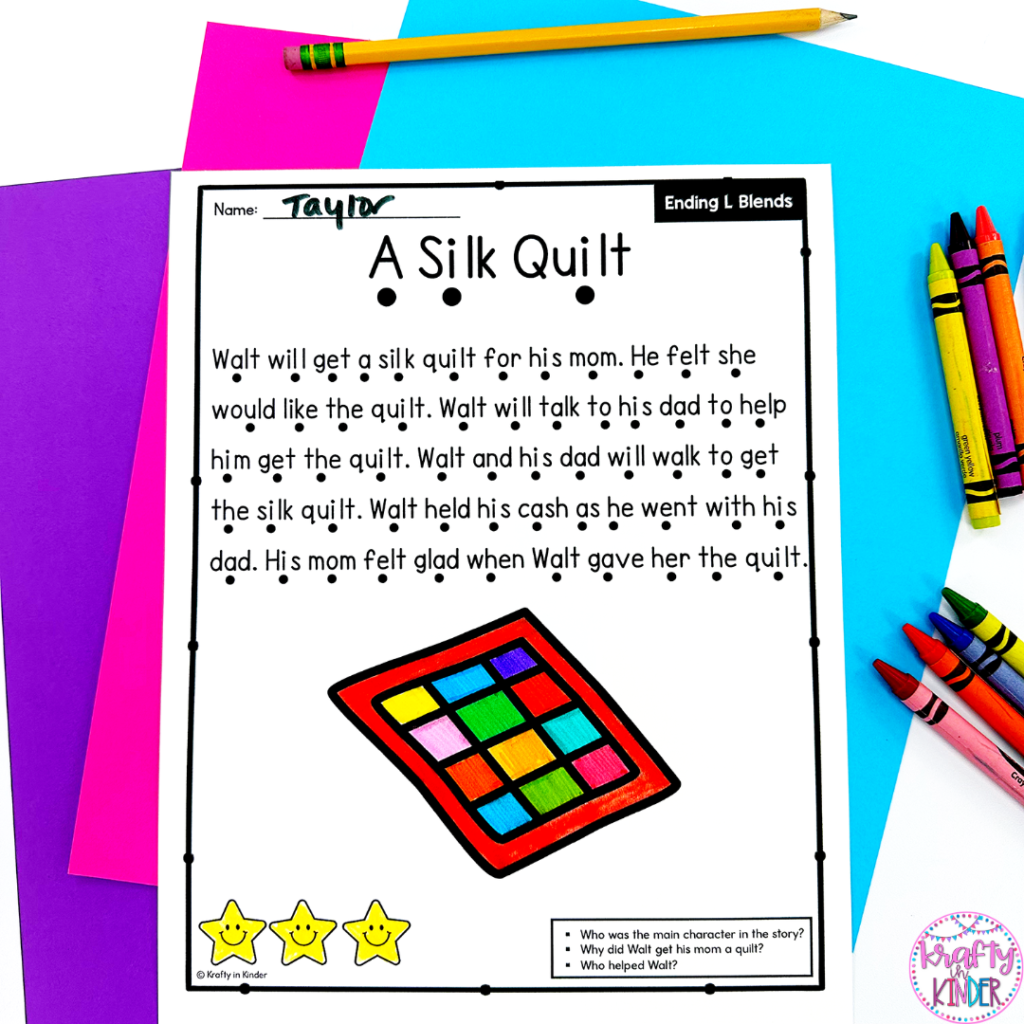
If your group is more advanced, you might be able to jump right in. You’ll need to feel this out and work at a pace that is both comfortable and a tad challenging for students.
All of the passages include markers under each word so that students can move their fingers from dot to dot as they read. This helps young readers decipher where each word starts and begins.
We read the controlled texts multiple times on this first day. I aim for at least 3 times. I have students color a star at the bottom of the page each time we’ve read. You can also highlight or underline focus words in different colors as you read to help promote further retention of the material.
These short story passages can be sent home as homework for additional practice as well. Each page has quick comprehension questions listed at the bottom that I like to ask parents to go over with students.
Day Two: Comprehension Questions
The next day in our guided reading groups we revisit the familiar story. We read it again as a group and/or individually.
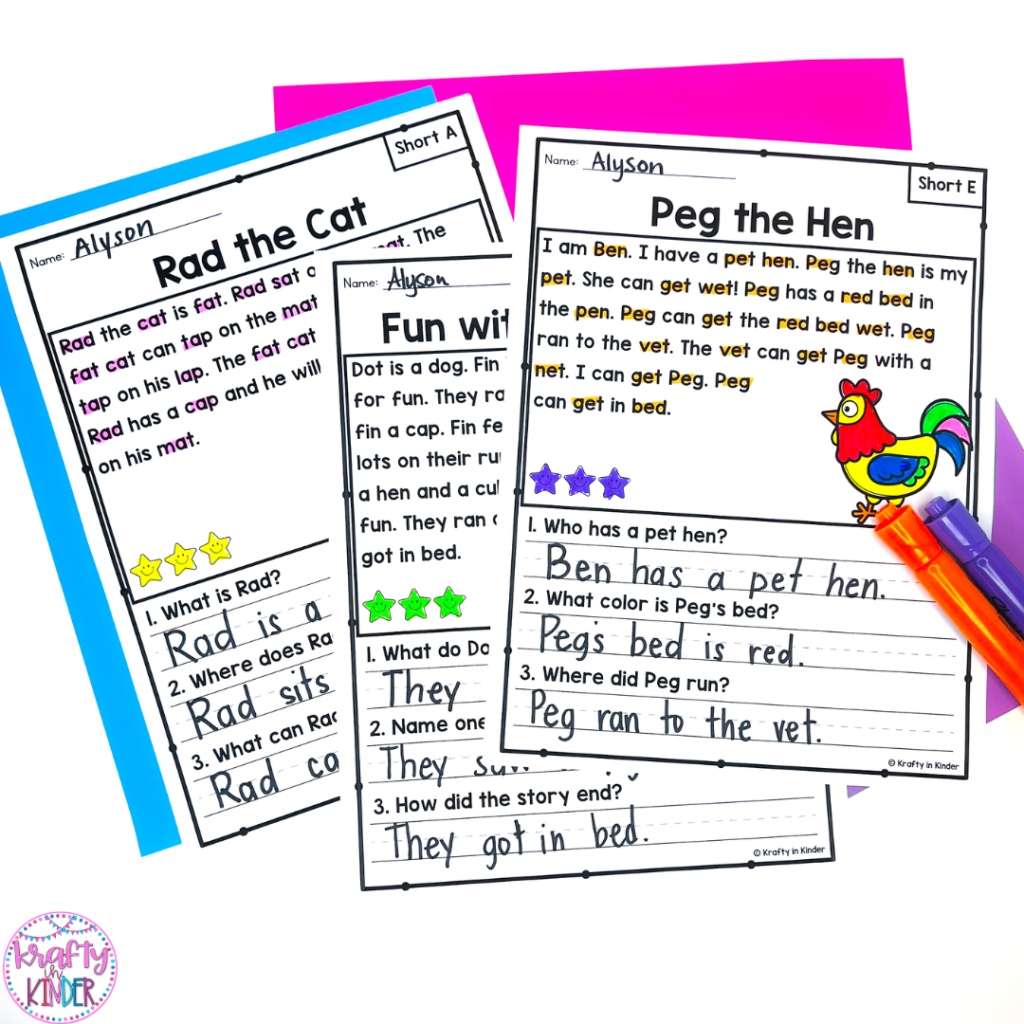
Students will be focusing on deeper understanding this time as we look for words that target the specific skill we’re learning.
After our first read, I ask students to circle, highlight, or underline words that have the focus skill we’re working on. For example, if we’re working on short e in the passage titled “Peg the Hen“, students will underline words like Ben, pet, hen, and get.
After reading through, students will answer three follow-up questions that they can answer by going back and re-reading the text. The questions were intentionally designed to encourage students to write the words in the passage for the skill we’re targeting.
Day Three: Cloze Reading Follow-Up
Day three in this process is a fun one! Now that students are familiar with the story, phonics skills and focus words, they will work on cloze reading activities. Cloze reading is a technique that involves removing words from a passage.
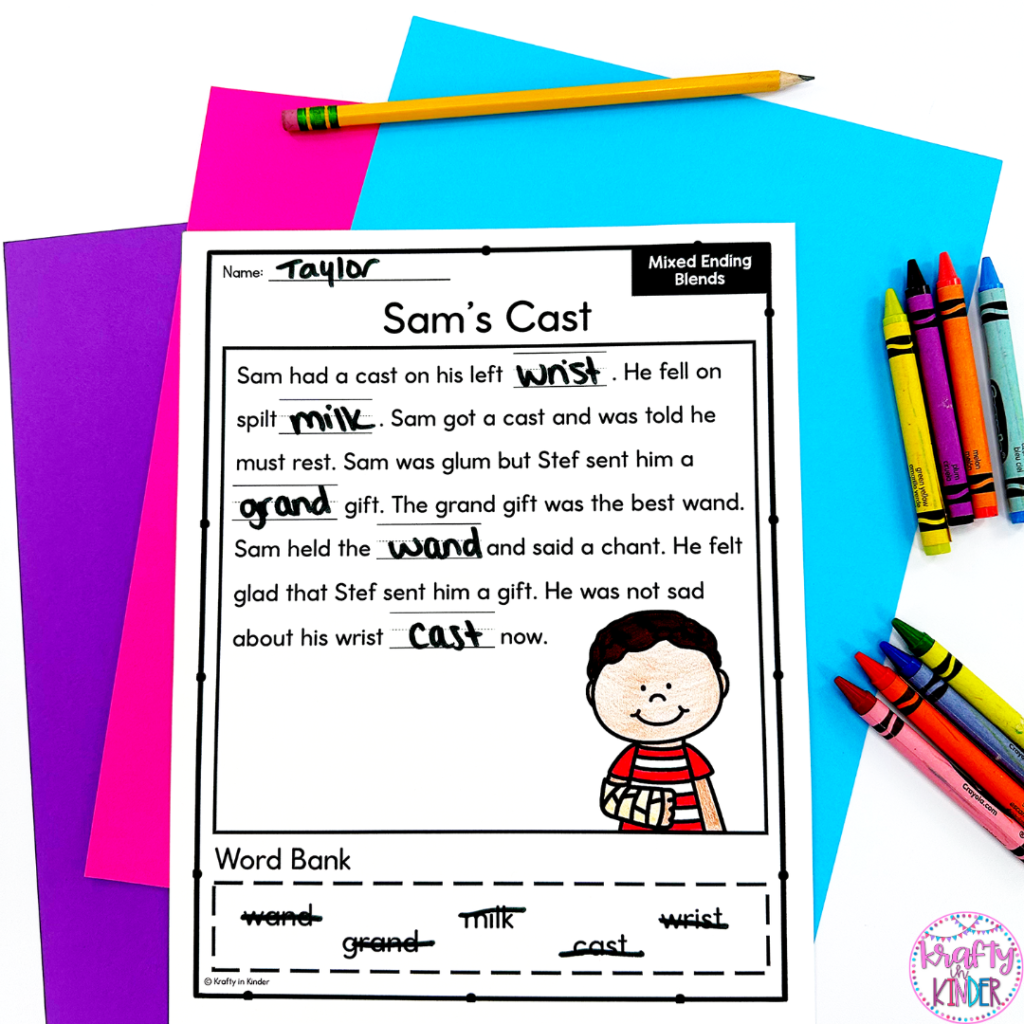
The final cloze reading activities are actually my favorite part of the whole process! They are such a great tool for teachers who want to improve reading comprehension in their classrooms and informally assess student understanding.
Students will read the passage, find the missing words, and add them where they fit. There is a word bank at the bottom of the page to help prompt them if needed!
These passages are similar to the original text to help students feel confident and successful. The familiar storyline and focus words will allow them to make sense of the passage and fill in the missing spaces.
We complete this activity in small groups because it offers one more opportunity to discuss, but you can also have students try this as a homework assignment to follow up.
If you have time available, you can add a fun but helpful comprehension assessment. Now that students have worked with the passage for 3 days, have them draw a picture of what the passage means. You can get a really good glimpse into what they are understanding as they read. As the year goes on, you can move this activity to other places in the cycle. For example, if you have students read the passage on their own on day 1 and then draw you get a very clear picture of their understanding of the text without any support. But don’t worry, the kids have no idea just what a great informal assessment this is.
Try Controlled Texts in Your Classroom
Are you ready to give controlled texts a try in your classroom? If so, then grab this free Short A sample below. You will get an inside look at what is included with each passage and have a chance to test them out with your students. Use them in your reading groups or with your whole class as a review. Just try them out! I believe you will quickly see what a valuable tool they can be in your classroom too.
Differentiated Instruction with Controlled Texts All Year Long
Ready to take your reading instruction to the next level? Imagine being able to target specific phonics skills in each of your reading groups with a tried and true, effective method for achieving reading fluency. How awesome would it feel to begin each guided reading group knowing that the material you’re working on is exactly what those students need to make progress? Now imagine having endless controlled text options and reading passages for the whole year. This is exactly what’s inside the Controlled Texts Bundle in my TPT Shop.
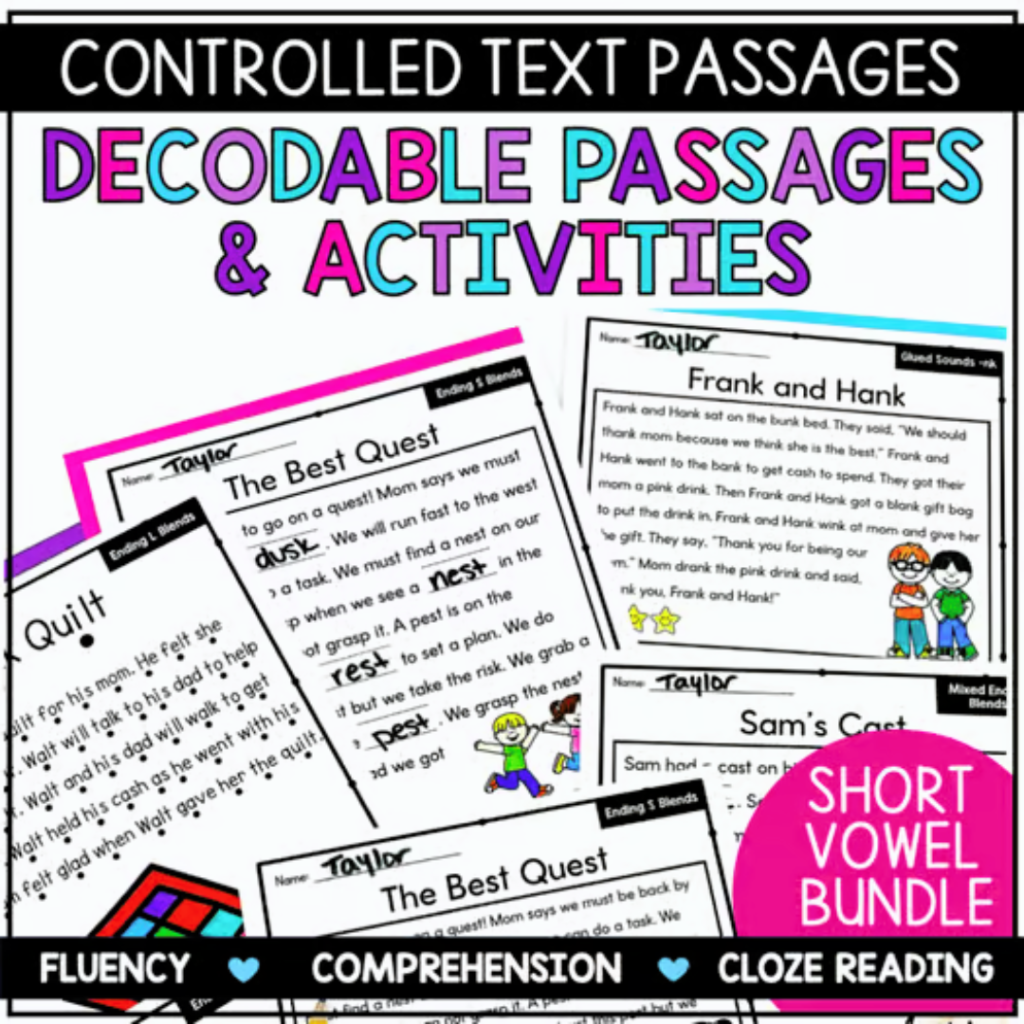
Once I started using this 3-day teaching method in a way that was differentiated for my students, I not only saw progress in my reading groups, but I also saw excitement for learning. As a primary teacher, helping students find their own love for reading is invaluable to me! Not to mention, this resource made it super simple to ensure everyone gets what they need without running me ragged with prep. You can have this too with the Controlled Texts in this Decodable Passages Bundle.
Save These Ideas for Using Controlled Texts
This post is filled with my favorite ways to differentiate instruction using controlled texts. Pin it on Pinterest to keep it handy.


